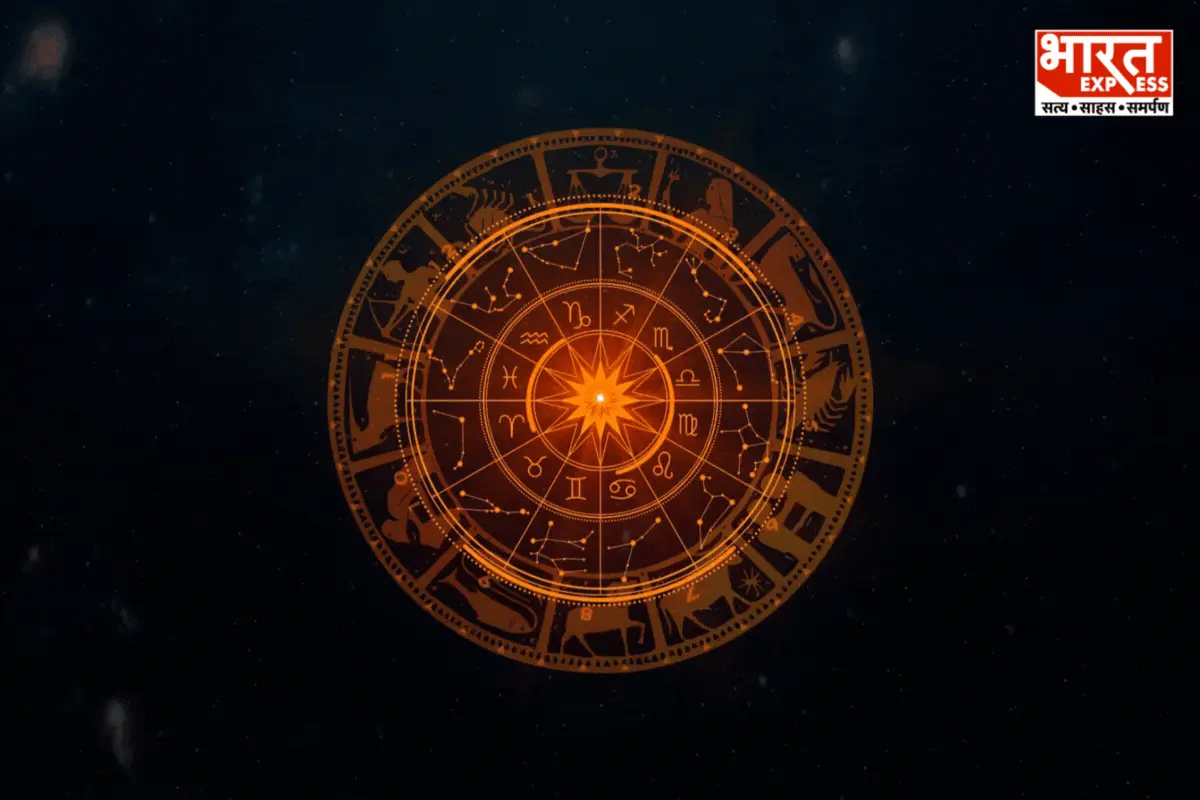
In a recent viral post on the social media platform X (formerly Twitter), a map depicting a sea route from India to the United States gained widespread attention, including a reaction from billionaire entrepreneur Elon Musk. The map showcased a curved blue line connecting Mumbai to Alaska via Madagascar, claiming that it was possible to sail from India to the USA in a straight line without touching any landmass. The caption read, “Without touching a single piece of land, it’s possible to sail from India to the USA in a completely straight line,” prompting Elon Musk to respond with a simple “whoa.”
Without touching a single piece of land, it’s possible to sail from India to the USA in a completely straight line pic.twitter.com/q178wi3tol
— Epic Maps 🗺️ (@Locati0ns) September 27, 2023
While the post garnered millions of views and some support, it also triggered a debate among social media users. Many questioned the accuracy of the claim, pointing out that the line on the map did not appear straight in two dimensions. Some doubted the map maker’s knowledge and expressed confusion.
However, a crucial clarification emerged from other users who highlighted that the line’s appearance on a 2D map might be deceiving. In reality, the line represented a continuous path when traced on a globe, following the Earth’s curvature without turning left or right. To illustrate this, a user shared a short video showing the sea route on a 3D globe, which helped put the journey into perspective for many.
How is this a straight line? 🫤
— Parmeet Shah (@ParmeetShah) September 27, 2023
The 3D representation of the route served as a compelling argument, leading many to understand that the apparent curvature on a 2D map was due to the nature of map projections. Some individuals expressed gratitude for the clarification, acknowledging that it dispelled any notions of a flat Earth.
Nevertheless, a small group of users continued to argue that the line was not truly straight since it followed the Earth’s curvature. This debate highlighted the complexity of representing global routes on flat maps and the importance of understanding map projections when interpreting such representations.
In conclusion, the viral map depicting a “straight line” sea route from India to the USA sparked a lively debate on social media. While some were initially puzzled by the map’s appearance on a 2D surface, others clarified that the path was indeed straight when considered on a globe. This discussion underlined the challenges of map projections and their impact on our perception of geographical features.
To read more such news, download Bharat Express news apps





















